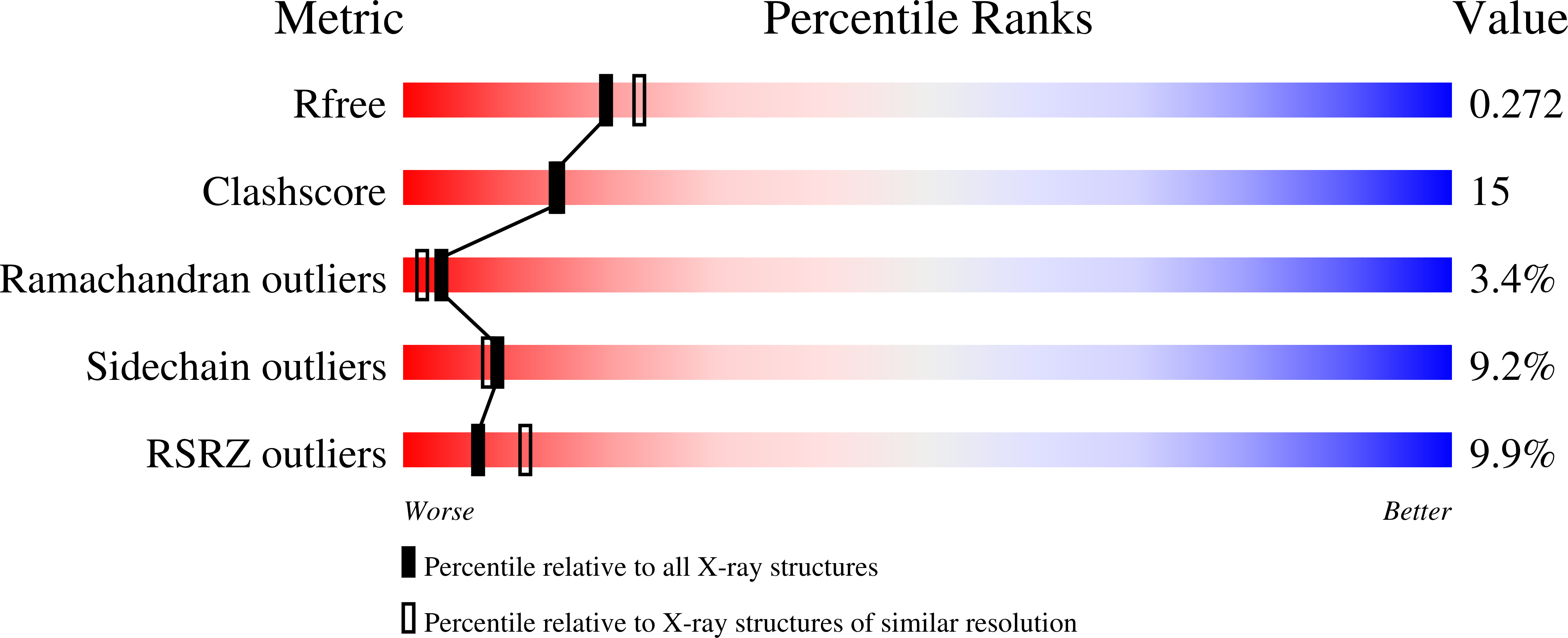
Deposition Date
2007-09-11
Release Date
2007-11-27
Last Version Date
2024-11-06
Entry Detail
Biological Source:
Source Organism:
Plasmodium falciparum (Taxon ID: 36329)
Orectolobus maculatus (Taxon ID: 168098)
Orectolobus maculatus (Taxon ID: 168098)
Host Organism:
Method Details:
Experimental Method:
Resolution:
2.35 Å
R-Value Free:
0.28
R-Value Work:
0.20
R-Value Observed:
0.21
Space Group:
P 31


